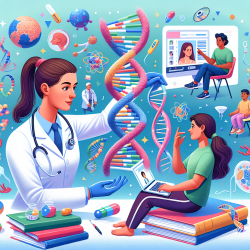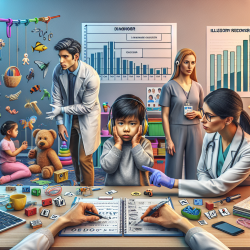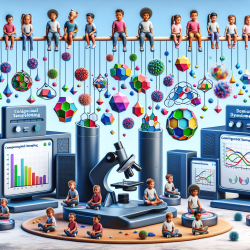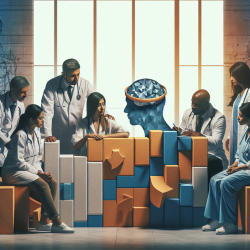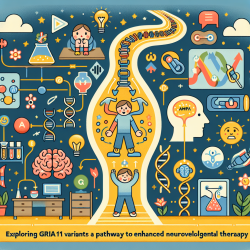Welcome to the World of GNAO1!
Hey there, practitioners! Today, we're diving into the fascinating world of GNAO1-related movement disorders. Whether you're a seasoned therapist or just starting out, understanding the nuances of GNAO1 can significantly enhance your practice. So, grab a cup of coffee, sit back, and let's explore how this research can improve your skills and encourage further exploration.
What is GNAO1?
GNAO1 is a gene that encodes a protein involved in various signaling pathways in the brain. Mutations in this gene can lead to a range of movement disorders, primarily characterized by dystonia, which is a condition involving involuntary muscle contractions.
Key Findings from the Research
The study titled "Highlighting the Dystonic Phenotype Related to GNAO1" broadens our understanding of the clinical spectrum of GNAO1-related disorders. Here are some key takeaways:
- Out of 24 patients studied, all exhibited dystonia, with variations ranging from focal to generalized forms.
- Some patients developed dystonia in adolescence or adulthood, indicating a delayed onset.
- Other associated symptoms included parkinsonism, myoclonus, and dysarthria.
- Mild to moderate intellectual disabilities were present in a subset of patients.
How Can This Research Improve Your Practice?
Understanding the diverse presentations of GNAO1-related disorders can significantly impact your therapeutic approach. Here are some practical tips for incorporating these findings into your practice:
- Tailored Assessments: Recognize the broad spectrum of symptoms and tailor your assessments to identify specific needs.
- Early Intervention: Be vigilant for signs of dystonia in children, even if symptoms appear mild or delayed.
- Holistic Approach: Consider the co-occurrence of other symptoms like parkinsonism and dysarthria for comprehensive care planning.
- Family Education: Educate families about the potential progression and variability of symptoms to better prepare them for future challenges.
Encouraging Further Research
The study opens doors for further exploration into GNAO1-related disorders. As practitioners, staying informed about the latest research can enhance your skills and improve patient outcomes. Consider attending conferences, subscribing to relevant publications, and participating in webinars to stay updated.
Join the Conversation!
We'd love to hear your thoughts and experiences with GNAO1-related disorders. Join our community of practitioners to share insights, ask questions, and collaborate on innovative solutions. Together, we can make a difference in the lives of those affected by these complex conditions.
To read the original research paper, please follow this link: Highlighting the Dystonic Phenotype Related to GNAO1
